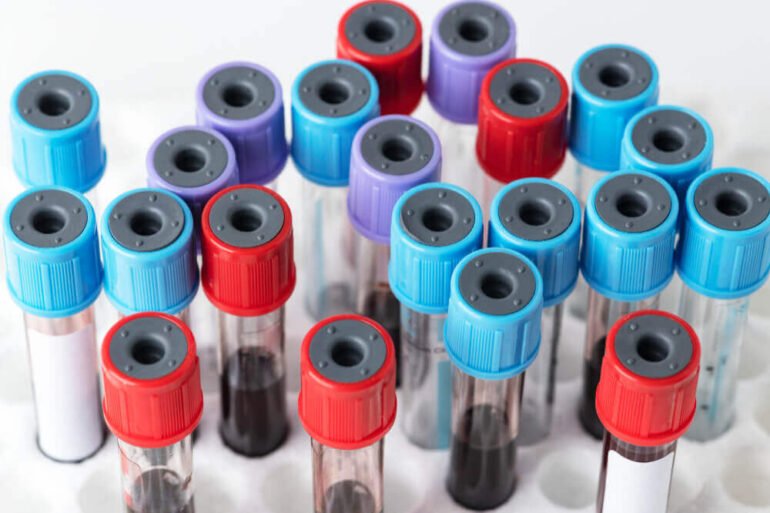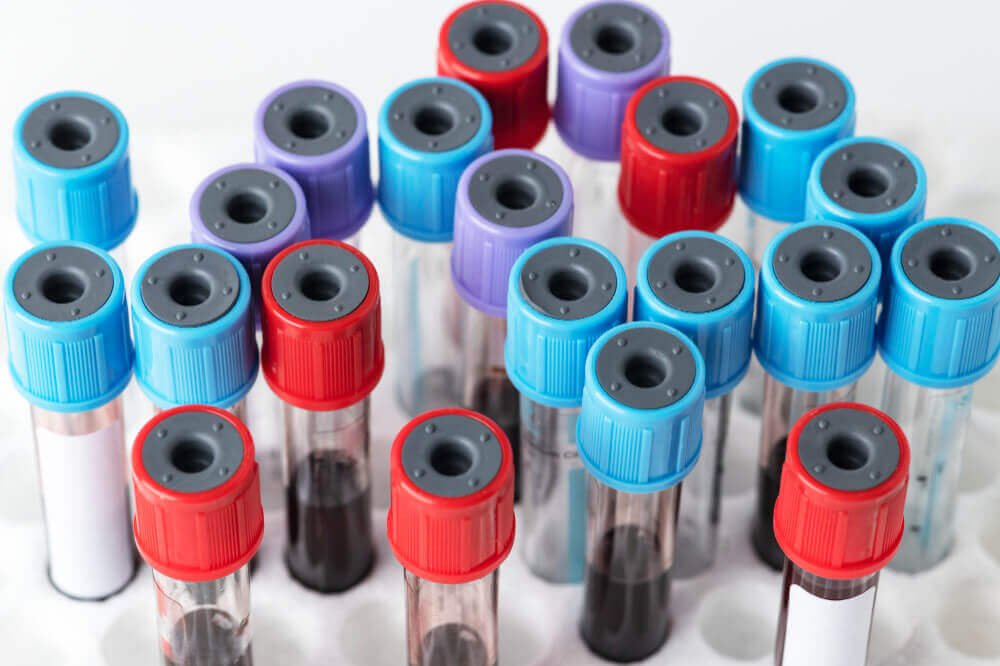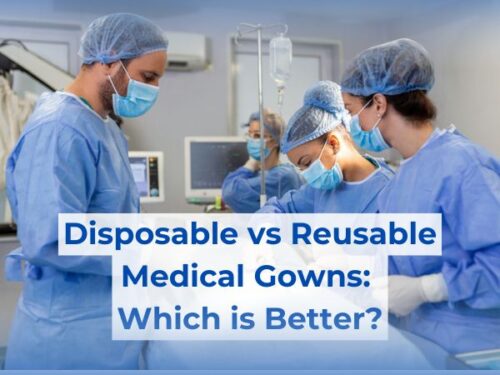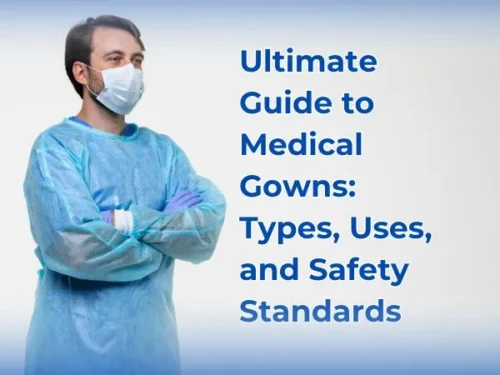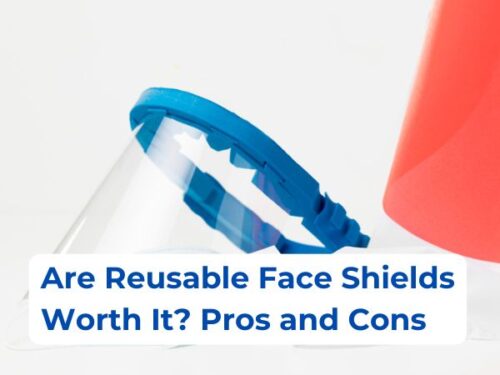The handling and disposal of medical waste is critical as these products are loaded with harmful microorganisms which, if not properly handled, can become the cause of potential infections for those around. In particular, this problem is often encountered with used vacutainers. Vacutainers are blood collection tubes that hold the sample without spillage. However, once the use of the vacutainers is over, these become hazardous due to the remnants of blood in them.
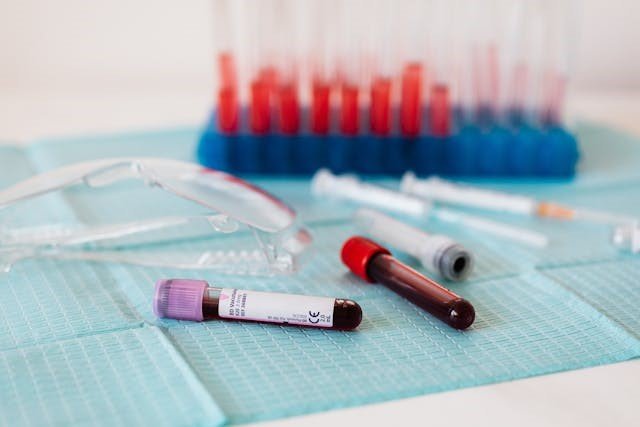
Based on the guidelines set by the Occupational Safety and Health Administration (OSHA), let us understand how the used vacutainers should be handled and disposed of properly with minimum to no risk of disease spread.
Proper Disposal Method of Used Vacutainers
The following requirements must be met while disposing of the used vacutainers:
Segregation of Used Vacutainers
The first thing that needs to be done is the separation of used vacutainers from other kinds of medical waste. This is essential so that the blood in the used vacutainers does not reach and contaminate other components of the waste.
This can lead to the spread of microbes at a greater speed. To further avoid mix-ups, the used vacutainers must be packed in intended waste containers while the needles of the vacutainer assembly should be disposed of in their respective bins specified for medical waste.
Decontamination of the Used Vacutainers
Before disposal, the decontamination of the used vacutainers is also recommended. For this purpose, the following methods can be employed depending on the availability:
· Autoclaving
· Chemical treatment using ethylene oxide gas, vaporized hydrogen peroxide, vaporized peracetic acid, chlorine dioxide gas, nitrogen dioxide, etc.
Selection of Puncture: Resistant Containers
Once decontaminated, the user vacutainers must be put into a puncture-resistant container. This is because the pressure applied on the user vacutainers during collection and disposal can lead them to breakage. As a result, the bag or container carrying them can rupture and harm the personnel who is handling them. This can lead to serious health-related complications.
It is also important to seal these used vacutainers containing bags to avoid accidental contact as well as for spillage prevention. Therefore, the selected containers should also be leak-proof.
Labeling with Biohazardous Symbols
It is essential to label the containers that carry used vacutainers with proper symbols and warning signs so that the waste handling personnel can identify them easily. This practice also ensures the safety of the waste handlers as they become alert regarding the contents of the containers and handle them accordingly.
Where to Dispose Of Used Vacutainers?
The method used for the disposal of a used vacutainer changes based on the local regulations and policies for every region. Generally, the following methods are employed:
· Incineration of Used Vacutainers
Although most vacutainers are made of plastic, burning them can increase air pollution. However, incineration is one of the most reliable ways to get rid of a used vacutainer as it ensures the destruction of the disease-causing microbes present in the tubes. In addition, the volume of the waste is also reduced which then becomes easy to handle.
· Disinfection Using Chemical Agents
If incineration is not an option, a thorough chemical treatment of a used vacutainer can help get rid of bacteria and viruses. These chemicals can result in the inactivation of the microbes and thus the waste becomes safe to handle.
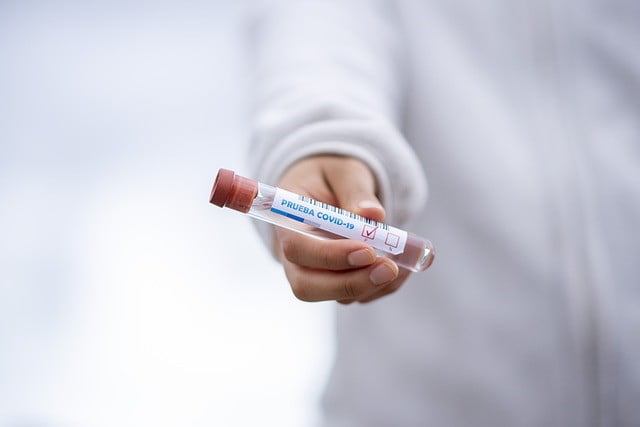
Importance of Proper Disposal of Used Vacutainers
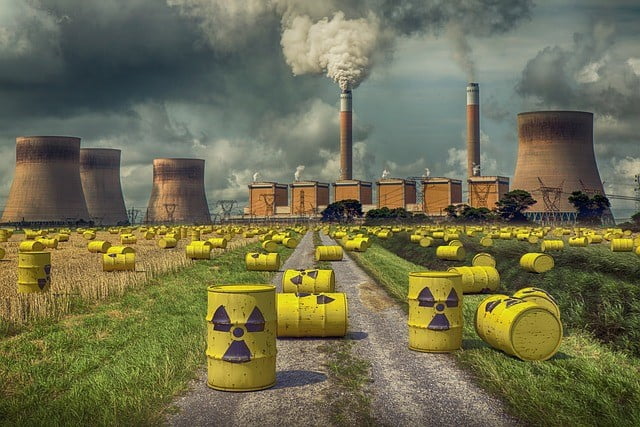
The recommended methods of handling and disposal of the used vacutainers must be implemented to avoid the following:
Incidence of Infectious Diseases
· When the user vacutainers are handled and disposed of properly, the risk of infections is also reduced. This is because these used vacutainers have remnants of blood in them which harbors pathogenic (disease-causing) microbes including bacteria, viruses, etc.
· Therefore, these blood collection tubes can pose the risk of infection not only to the healthcare staff but also to the personnel who handle waste containing used vacutainers. In addition, the risk is also spread to the general public.
Risk of Environmental Pollution
· As most of the vacutainer tubes are made up of plastic, these take hundreds of years before they start to decompose. Being non-biodegradable, plastic-based vacutainers cannot be broken down by bacteria and fungi. Thus, these tubes, along with the medical waste in them, survive for years to come.
· It is noteworthy that even after years, the microbes present in them are capable of causing infectious diseases. Therefore, if the used vacutainers are disposed of by putting them into regular waste bins, they will end up in landfills where they can last for hundreds of years.
· Sometimes, the contents of this kind of waste end up in water reservoirs thus reaching the general public and becoming the cause of major epidemics. Therefore, to prevent all of these risks, it is best to dispose of the user vacutainers as recommended.

Bottom Line
Vacutainers are blood collection tubes that are used in combination with a double-ended needle and a vacutainer holder to collect blood samples from the patient’s vein. These tubes are prefilled with anticoagulants and other kinds of additives which allow the conduction of different testing.
Once their job is done, the used vacutainers need to be disposed of properly as these contain remnants of blood which is rich in microbes. By doing so, the safety of not only the healthcare staff and waste handlers but also of the general public is ensured.
Considering their extensive use, vacutainers should be stocked up in bulk in the testing centers as well as in hospitals. Hence, for purchasing vacutainers, reliable vendors like Health Supply 770 should be approached. They ensure the provision of quality products along with satisfactory services.

PhD Scholar (Pharmaceutics), MPhil (Pharmaceutics), Pharm D, B. Sc.
Uzma Zafar is a dedicated and highly motivated pharmaceutical professional currently pursuing her PhD in Pharmaceutics at the Punjab University College of Pharmacy, University of the Punjab. With a comprehensive academic and research background, Uzma has consistently excelled in her studies, securing first division throughout her educational journey.
Uzma’s passion for the pharmaceutical field is evident from her active engagement during her Doctor of Pharmacy (Pharm.D) program, where she not only mastered industrial techniques and clinical case studies but also delved into marketing strategies and management skills.










